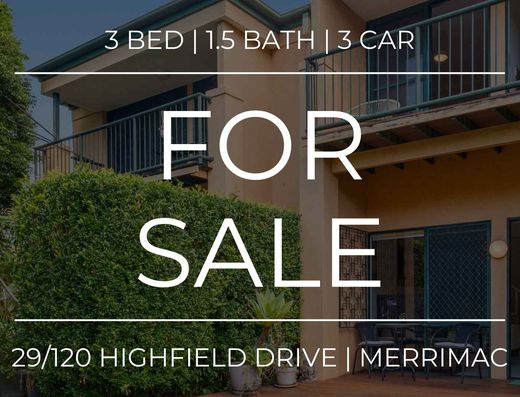Mould in a rental property - who is responsible?
Mould has become more prevalent than usual in houses across much of Queensland, due to the wet weather we’ve been experiencing in the recent months.
It’s important to remove mould from a rental property as soon as practically possible, as it can pose a health risk to those living in the property if left unchecked.
To help property managers/owners and tenants/residents understand their responsibilities, the RTA has answered some of the most frequently asked questions we receive around dealing with mould in a rental.
What causes mould?
Mould is a type of fungi that grows best in damp and poorly ventilated areas. It grows when there is a water source or moisture present in a place with limited or no sunlight.
Mould can be caused by multiple factors, including long spells of wet and damp weather, water leaks, or a lack of ventilation. It can grow almost anywhere, although it’s most frequently found in areas of the house like the bathroom and kitchen.
Who is responsible for cleaning mould in a rental property?
If mould becomes present in a rental property, the tenant/residents should notify the property manager/owner as soon as they are aware of the issue.
Deciding who is responsible for cleaning the mould and repairing any resultant damage depends on how the mould appeared in the first place.
If mould is a result of problems with the rental property (for example, a leaking roof or water damage cause by leaking pipework), it is the property manager/owner’s responsibility to address the mould and make any necessary repairs.
If the tenant/resident has caused the mould to appear (for example, by not using an extractor fan and allowing steam to build up in a bathroom, or not properly ventilating or cleaning the property), they are responsible for cleaning it and paying for any damages the mould has caused.
Some buildings may be more prone to mould due to factors such as the age of the building, structural issues, location, or the absence of adequate ventilation or extractor fans. In these cases, the property manager/owner is more likely to be responsible for mould.
What happens if the responsible party does not clean the mould in a reasonable timeframe?
If the person responsible for removing the mould does not do so in a reasonable timeframe, the other party in the tenancy can issue them with a Notice to remedy breach (Form 11 or Form R11), giving them a set time (minimum of seven days) to fix the problem.
If the mould has been caused by a leak or structural issue, a tenant/resident can also issue a breach notice if they believe the property manager/owner has not made repairs to fix the cause of the mould in a timely manner.
What if there’s a dispute about who’s responsible for dealing with the mould?
If the property manager/owner and the tenant/resident do not agree on who is responsible from removing the mould, they should attempt to work together to resolve the issue and come to a solution.
If an agreement cannot be reached by both parties, the RTA’s dispute resolution service may be able to help. The RTA’s dispute resolution service is free, and our conciliators are impartial.
Conciliators do not determine who is ‘right’ or ‘wrong’ and they cannot make decisions about disputes or enforce rules or regulations.
The dispute resolution process is voluntary. However, if both the tenant/resident and property manager/owner do agree to take part in the process, and an agreement about how to resolve the issue is reached, this will be put in writing and becomes a binding part of the tenancy agreement.
If the tenant/resident and property manager/owner are unable to come to an agreement, they may also apply to the Queensland Civil and Administrative Tribunal (QCAT) for a decision.
Other resources available
The Queensland Government has provided information on how to prevent, identify and treat mould. You can also listen to the RTA’s Tackling your tenancy questions webinar, which discusses mould, maintenance, routine inspections and more.
This article was contributed by the Rental Tenancies Authority.
You can find more information at: https://www.rta.qld.gov.au/


